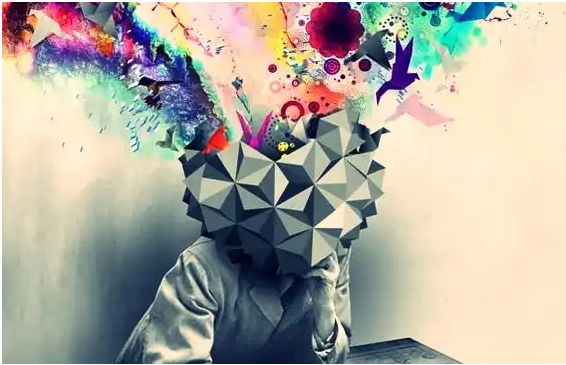The Therapeutic Effect of Pets
For those of us who have pets, we know well how much joy and fulfilment a pet can bring into your life. There are several benefits associated with having a pet and which are known to improve physical and mental health. Specific therapeutic approaches also make use of animals to help the client improve their well-being.
Having a dog as a pet gives you a guarantee that you will remain physically active. Dogs tend to be very energetic and they need to go out for a walk or run on a daily basis, sometimes more than once. Thus, if you want your dog to be healthy and calm at home you will need to take him/her out. Doing so, will help you to remain physically active by engaging in exercise. It is known that exercise leads to several health benefits. These include: controlling weight, promoting better sleep, reducing risk of a heart attack, lowering blood cholesterol level and lowering blood pressure (Fitness Australia, 2018).
Pets also enhance the mental health of their owners. They provide companionship and therefore reduce feelings of loneliness. It is common for the elderly to find themselves on their own, without anyone to talk to. Thus, pets can become their life companions. This is especially true for dog owners. Whilst out for a walk with your dog, frequently you are stopped by people who will say how cute the dog is. This easily develops into chit chatting, providing an opportunity for people to interact with each other. Another positive effect of having a pet is that they show you a lot of affection. Going home and hearing the birds chirping because you entered the house, or finding the dog or cat waiting for you near the door, are all actions which make you feel loved.
Animals are also used during therapy in a variety of settings such as schools, hospitals, nursing homes and prisons. When an animal is present in the therapy room, a client who is new to the process may feel more comfortable and safer. Children may talk about a traumatic experience to an animal but may find it hard to do so with an adult. Thus, the animal is used as a medium to facilitate the therapeutic process. Animal assisted therapy has also proved to leave a positive impact with different client populations. Research shows that animals help clients who have a disability improve their communication skills and social skills (Ries, 2013). Equine therapy, which makes use of riding horses, is known to help children with different disabilities. It provides physical therapy by improving motor coordination, posture, balance and muscle tone.
Animals provide a lot of benefits, physically and mentally. One should always remember that taking care of a pet comes with great responsibility. Although animals can provide a lot of positive effects, unless one is ready to take their commitment they should not be bought or adopted.
References:
Fitness Australia. (2018). Physical activity – it’s important. Retrieved from https://www.betterhealth.vic.gov.au/health/healthyliving/physical-activity-its-important
Ries, Alison E. (2013). The Effect of Animal-Assisted Therapy on Children with Disabilities. Retrieved from Sophia, the St. Catherine University repository website: https://sophia.stkate.edu/msw_papers/254
Dr Marilyn Muscat is registered as an Educational Psychologist with the Health and Care Professions Council in the United Kingdom where she trained. She works with children, adolescents and their families to understand more about educational, social and emotional well-being concerns that they have and to help them improve upon their difficulties. She can be contacted on marilyn@willingness.com.mt or call us on 79291817.






